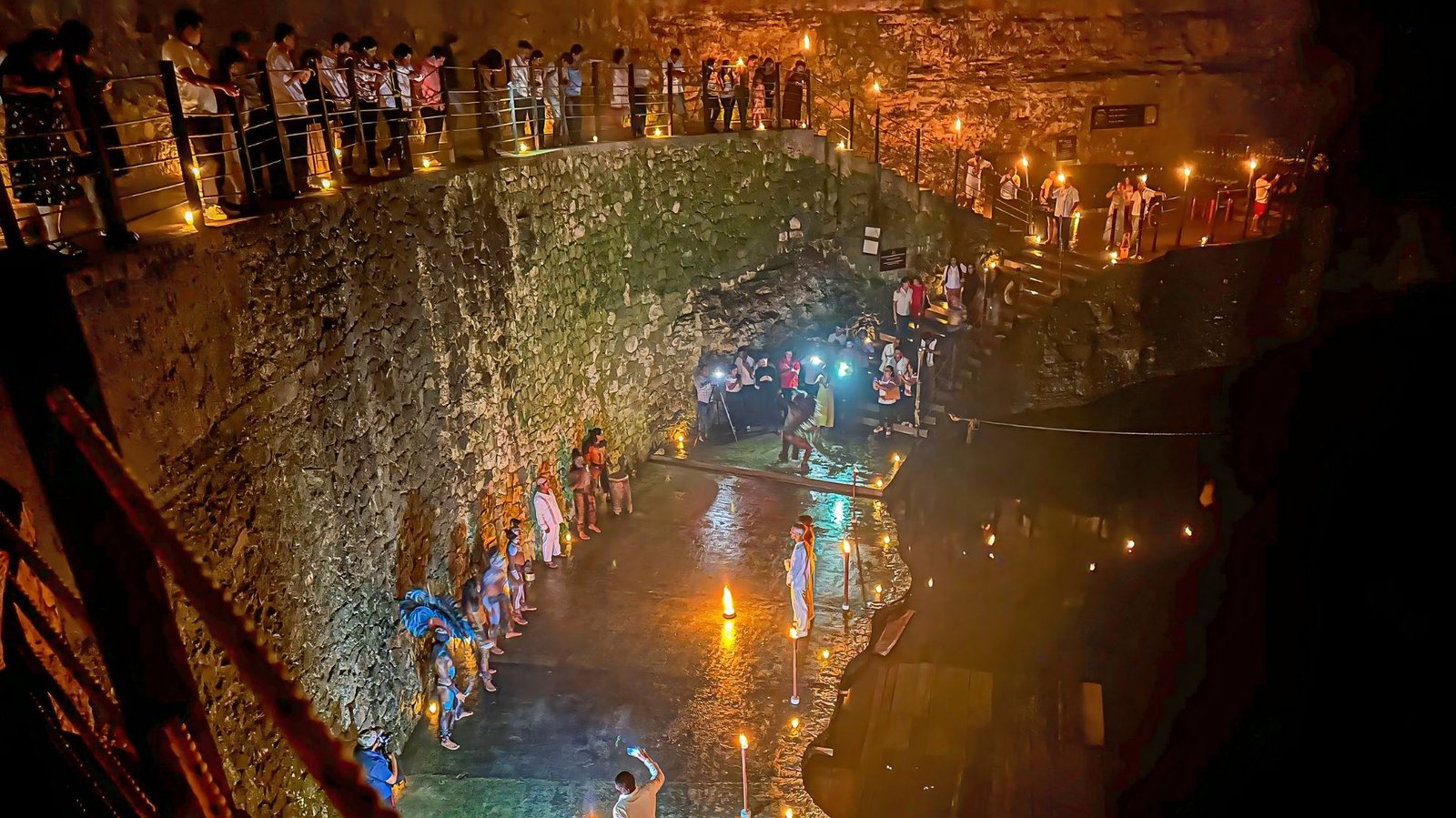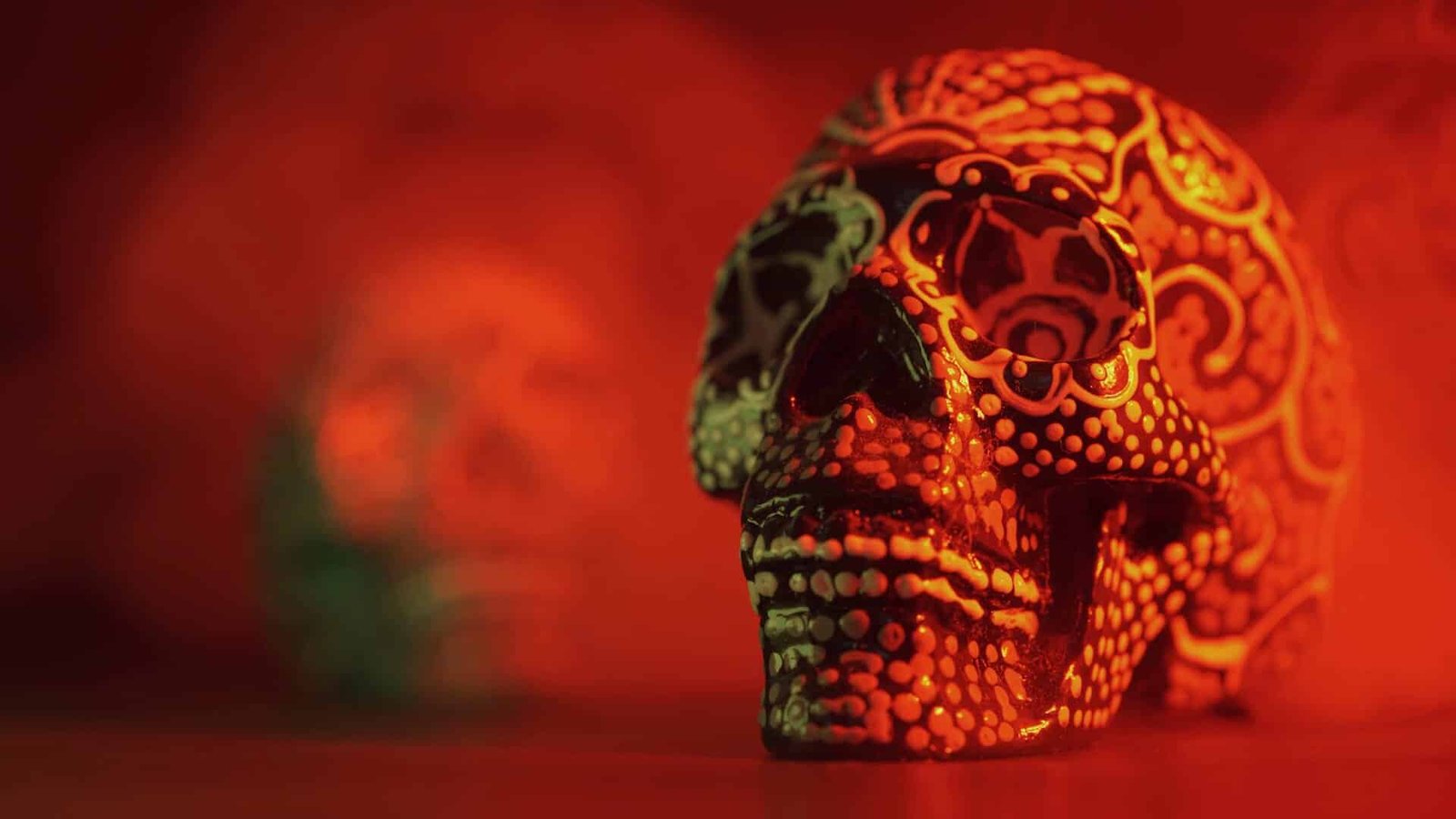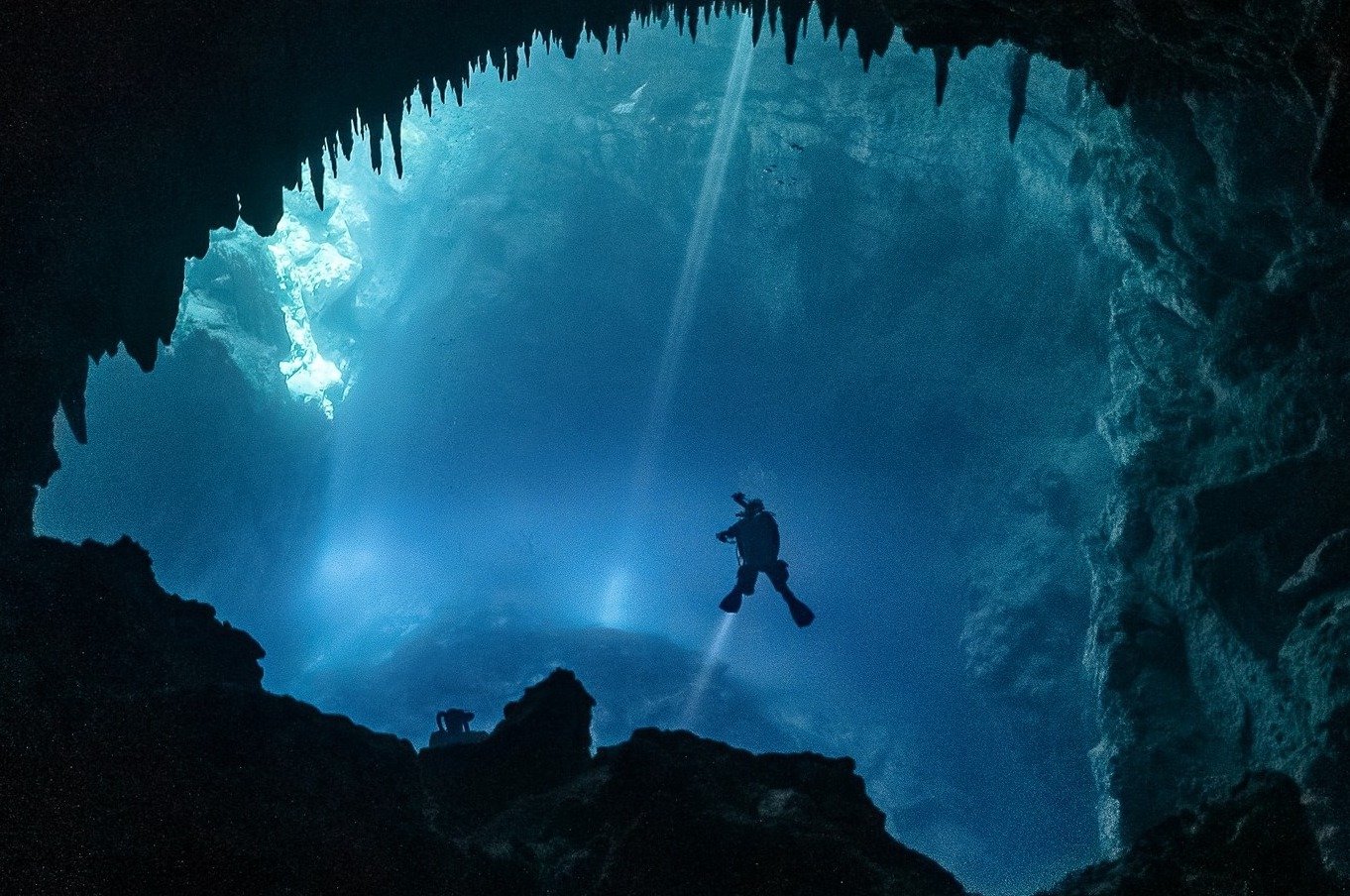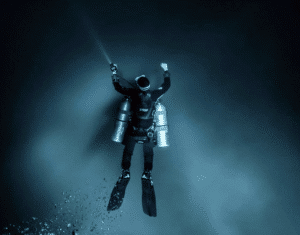In Mexico, the Day of the Dead (Día de Muertos) is celebrated as a time to honor, remember, and connect with deceased loved ones. This tradition is deeply rooted in indigenous Mexican cultures, including the Maya, whose beliefs about the afterlife, the cycle of life and death, and the role of cenotes (sacred water-filled sinkholes) shape a profound spiritual narrative that continues to inspire modern celebrations of Día de Muertos.
The Cenotes and Xibalbá: Pathways to the Underworld
Cenotes, found throughout the Yucatán Peninsula, were highly revered by the Maya. These natural sinkholes are filled with clear, cool water and were believed to be sacred portals to Xibalbá, the Mayan underworld. The Maya envisioned Xibalbá not as a realm of eternal suffering but as a necessary part of the cosmic cycle, where souls journey after death to be purified. Life was seen as a continuous journey where the boundaries between worlds could be crossed with reverence and ritual.
Xibalbá, meaning “place of fear” in Yucatec Mayan, was ruled by gods of death and disease. Rather than being an end, Xibalbá represented transformation, a spiritual process that allowed souls to transition through trials and stages until they reached a place of rest or reincarnation.
Cenotes, with their mysterious depths, symbolized the entrance to this realm, serving as bridges between the physical world and the spiritual. For this reason, the Maya made offerings at cenotes, casting precious items and sometimes even human sacrifices into their waters to appease the gods and maintain balance between life and death.
Life and Death as a Continuous Cycle
In Maya cosmology, life and death are intimately connected, embodying a cycle where each supports the other. This view resonates with the Day of the Dead, during which people honor the deceased not as “gone” but as continuing in a different form. This cyclical understanding is reflected in nature, with the dry and rainy seasons, crop cycles, and the eternal rebirth of vegetation – all signs to the Maya of life’s endless renewal.
To the Maya, death was not feared but accepted as a part of life’s cycle. The Maya had ceremonies where they would invoke Chaac, the rain god, asking for water to nourish their crops, thus sustaining life. Similarly, they acknowledged the gods of death, recognizing that life is inevitably followed by death, and death, in turn, gives rise to life.

Gods of Death, Life, and Renewal
Several gods figure prominently in Mayan beliefs about life, death, and the afterlife. Hun-Hunahpú, the maize god, symbolizes rebirth and resilience; his life and death in the Popol Vuh (the Mayan creation story) speak of sacrifice and renewal. Hun-Hunahpú was killed in Xibalbá and, through his sacrifice, maize sprouted, feeding future generations. This myth, which celebrates the transformative power of death, plays into the modern concept of Día de Muertos, where families believe that the deceased return briefly to nourish their living descendants with wisdom, memory, and love.
Additionally, Yum Cimil, the god of death, was seen as both a ruler of the underworld and a custodian of balance. Unlike Western interpretations of a devil or demonic figure, Yum Cimil was neither evil nor an enemy to life. He simply ruled over death’s domain, representing an aspect of existence that all must eventually encounter.
Día de Muertos and the Mayan Worldview
For the Maya, the Day of the Dead is more than a ritual; it’s a moment when the boundary between worlds is thinnest, allowing the living to communicate with the souls of ancestors. Altars, or ofrendas, are made to welcome the spirits with offerings of food, candles, flowers, and cherished belongings. Each element placed on the altar has a purpose: marigolds (known as cempasúchil) guide spirits with their vibrant color and scent, while candles light their path back to the living world.
Día de Muertos echoes the Maya’s cyclical understanding of existence. It’s a time not of mourning but of joyous reunion. Families share memories, tell stories, and even bring favorite foods to the graves of their loved ones, inviting them to “taste” life once again.

The Role of Offerings in Honoring the Dead
The concept of ofrenda—offering—is central to both the Day of the Dead and ancient Mayan practices. At cenotes, the Maya offered treasures, pottery, and sometimes even lives to appease the gods, acknowledging the power of Xibalbá and its connection to the spiritual world. On Día de Muertos, the practice continues in a different form. Offerings today honor family members, reflecting a belief that death is not a departure but a transition.
In some areas of Yucatán, traditions remain uniquely connected to cenotes, where offerings may still be left as a tribute to the gods or to invite the spirits of loved ones to visit. Families believe that the dead continue to protect and guide them, blessing crops, bringing rain, or simply watching over the family. This spiritual connection between the living and dead reaffirms the Maya worldview: life and death, the past and present, are interwoven and inseparable.
Celebrating the Continuity of Life and Death
The Day of the Dead, as celebrated by the Maya and other indigenous groups, teaches that death should not be feared but embraced as a part of life’s cycle. It’s a celebration of continuity, a reminder that every soul plays a role in an endless dance of existence. Whether through the sacred cenotes, the legends of Xibalbá, or the offerings of Día de Muertos, the Maya vision of life and death inspires us to see existence as a journey that continues beyond this physical world.
The Day of the Dead, therefore, is not just a celebration of those who have passed but also an invitation to the living. It invites us to cherish our connections, embrace life’s cycles, and honor the spirits that walk with us, echoing the ancient reverence found in the cenotes and the Mayan tales of the underworld. In these sacred traditions, the Maya show us that death, rather than ending life, brings us closer to the spiritual realms that surround and sustain us.

The Day of the Dead and the mysteries of the cenotes are more than just stories—they’re experiences waiting to be lived. Join us for an unforgettable dive into these sacred waters, where you’ll connect with the ancient world of the Maya and explore the beauty and depth of Mexico’s cenotes. Dive with us and discover the magic below the surface!


